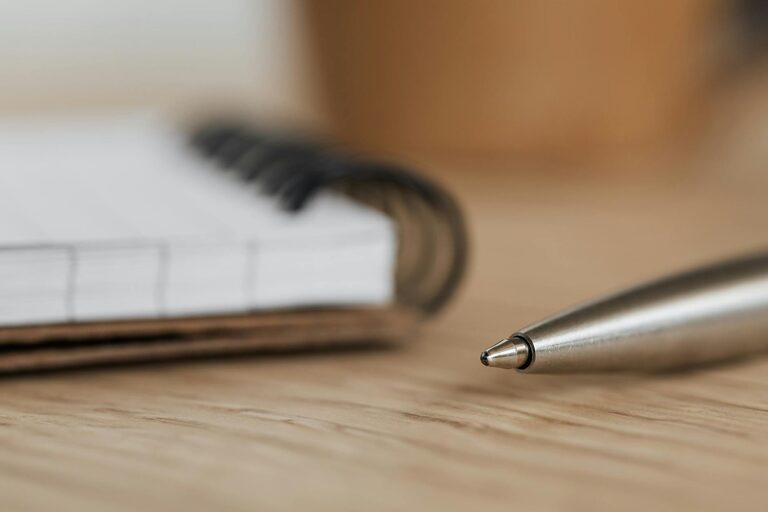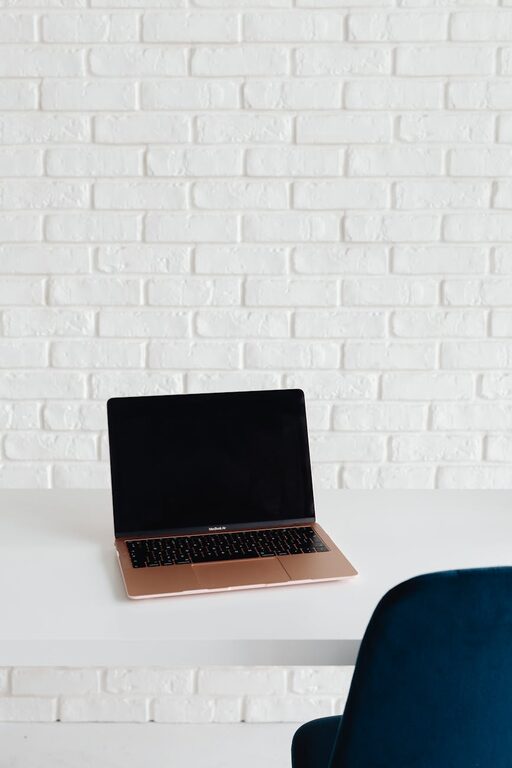
Choosing a notebook might seem like a simple task, but picking the right one can make a big difference in how often you use it. Whether you want to jot down ideas, keep a journal, or organize your day, the perfect notebook helps you stay motivated and productive. This guide will walk you through key factors to consider so you select a notebook that you’ll genuinely enjoy using.
Understand Your Purpose
Before buying a notebook, ask yourself:
– What will I use this notebook for? (e.g., journaling, planning, sketching)
– How often will I write in it?
– Will I carry it around or keep it at a desk?
Knowing the primary use helps narrow down the options and focuses on features that matter most.
Choose the Right Size
Notebooks come in various sizes. Each has pros and cons:
– Pocket size (A6 or smaller): Very portable, easy to carry around, but limited writing space.
– Medium size (A5): Popular choice balancing portability and adequate writing area.
– Large size (A4 or letter): Great for extensive notes or sketches but less convenient to carry everywhere.
Consider where and how you’ll use the notebook when choosing size.
Select Paper Type and Quality
Paper quality affects your writing experience significantly.
– Weight (measured in gsm): Heavier paper (80-100 gsm) prevents ink bleed-through and feels more durable.
– Texture: Some prefer smooth paper for pen gliding; others like a bit of tooth for pencil or marker.
– Color: White, cream, or off-white paper all give different aesthetic feels. Cream is easier on the eyes, especially for long writing sessions.
If you use fountain pens or markers, look for notebook reviews that mention bleed-through and feathering.
Decide on the Page Layout
Think about how you want to organize your writing.
– Lined pages: Great for notes, journaling, or writing.
– Blank pages: Perfect for sketching, doodling, or freeform notes.
– Grid or dot grid: Offers structure without being too rigid; popular for bullet journals.
Choose the layout matching your style and intended use.
Binding and Cover Type
Binding affects durability and usability.
– Spiral-bound: Opens flat and folds back on itself but may be less durable.
– Thread-bound or perfect-bound: Looks sleek, durable, but may not open flat completely.
– Hardcover vs. softcover: Hardcovers protect pages better and last longer, softcovers are lighter and more flexible.
If you plan to carry your notebook often, look for sturdy covers and bindings.
Consider Additional Features
Some notebooks come with extras that enhance usability.
– Page numbers: Helpful for organization and referencing.
– Index or table of contents pages: Ideal for planners or extensive note-taking.
– Pockets: To store papers, tickets, or stickers.
– Pen loops: Keep your pen handy.
– Elastic bands: Keep the notebook securely closed.
– Perforated pages: Make it easy to tear off notes neatly.
Decide which features matter most to you.
Personalize Your Choice
A notebook you love is one that feels personal.
– Pick colors or designs that inspire you.
– Add stickers or labels for easy identification.
– Choose notebooks from brands with values or aesthetics you appreciate.
Enjoying the look and feel of your notebook encourages consistent use.
Try Before You Commit
If possible, visit a store to touch and test notebooks. Writing a few lines can reveal how the paper feels and whether the size fits your needs. Many stationery shops have sample pages to try.
Don’t Overthink It
Sometimes the best notebook is the one you start using. You can always switch styles or brands later as your needs change. The key is to begin.
Summary Checklist
– Define your purpose
– Choose a suitable size
– Select paper weight and texture
– Pick the appropriate page layout
– Decide on binding and cover durability
– Consider extra features that aid organization
– Personalize your notebook choice
– Test before buying when possible
With these tips, you’ll find a notebook that’s not just beautiful but also practical — one that you’ll genuinely enjoy using every day. Happy writing!



